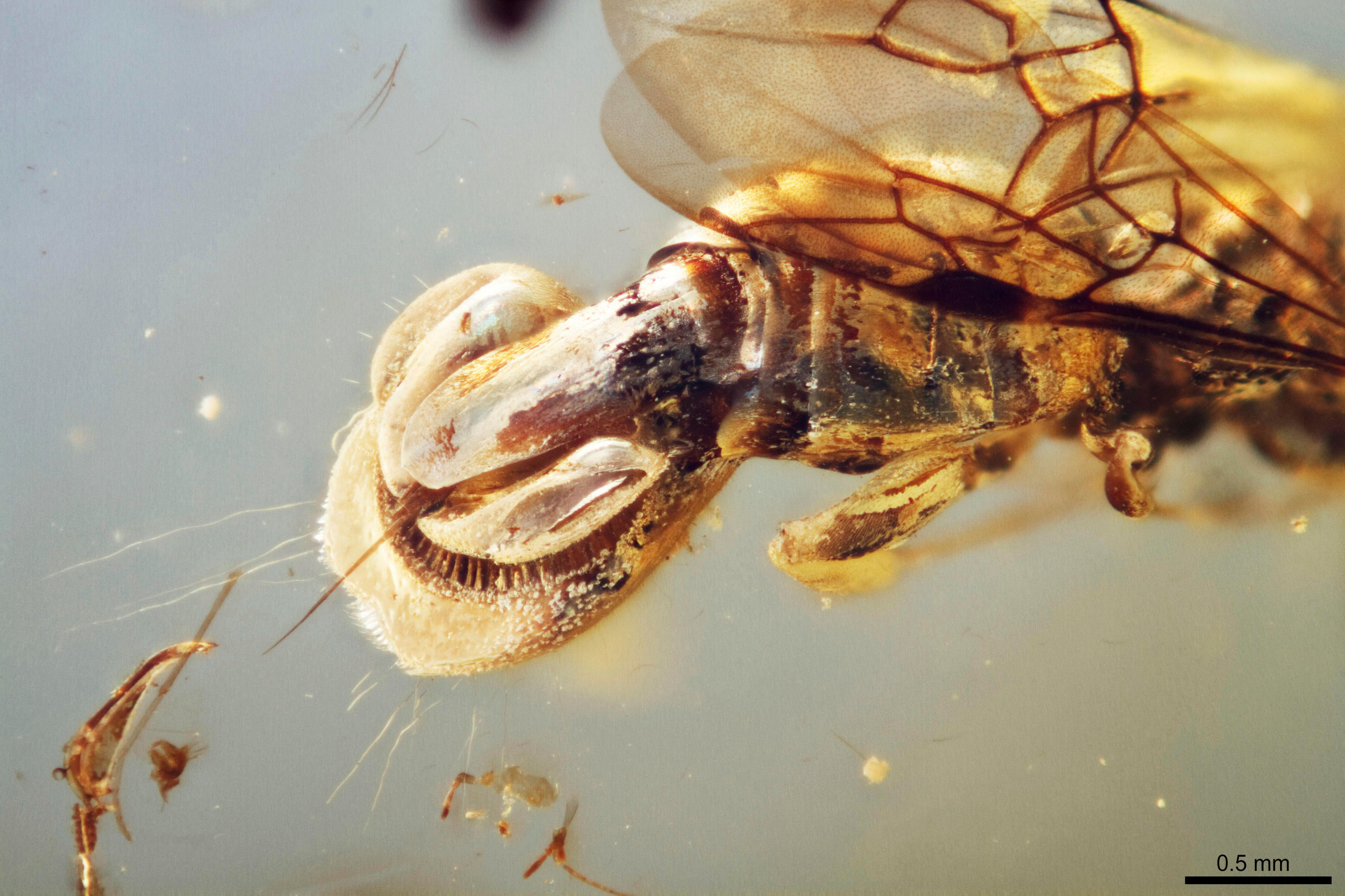
Scientists have discovered a new species of ancient wasp, encased in 99-million-year-old amber, that may have lived alongside dinosaurs.
The remarkable insect, found in northern Myanmar, possesses a unique abdomen resembling a Venus flytrap, likely used to capture prey.
This parasitic wasp, unearthed from the Kachin region, displays a set of bristled, paddle-like appendages on its rear end.
Lars Vilhelmsen, co-author of the study from the Natural History Museum of Denmark, described the unusual feature as "a small bear trap attached to the end of it".
While the structure bears a striking resemblance to the carnivorous Venus flytrap plant, researchers believe its function differed significantly.
Instead of crushing its prey, the wasp’s flytrap-like abdomen likely served as a restraining device. The flaps and teeth-like hairs are thought to have held struggling insects in place while the wasp deposited an egg. This would allow the wasp larva to feed on and ultimately consume the captured host.

It's a playbook adapted by many parasitic wasps, including modern-day cuckoo and bethylid wasps, to exploit insects. But no known wasp or any other insect does so with bizarre flaps quite like this one.
“I've seen a lot of strange insects, but this has to be one of the most peculiar-looking ones I've seen in a while,” said entomologist Lynn Kimsey from the University of California, Davis, who was not involved with the research.
Scientists named the new wasp Sirenobethylus charybdis, partly for the sea monster from Greek mythology that stirred up wild whirlpools by swallowing and expelling water.
The new study was published in the journal BMC Biology and included researchers from Capital Normal University and the Beijing Xiachong Amber Museum in China.
It's unclear when the wasp went extinct. Studying unusual insects like this one can help scientists understand what insects are capable of and how different they can be.
“We tend to think that the cool things are only found today," said Gabriel Melo, a wasp expert at the Federal University of Paraná in Brazil, who had no role in the study. "But when we have this opportunity, we see that many really exceptional, odd things already happened.”







